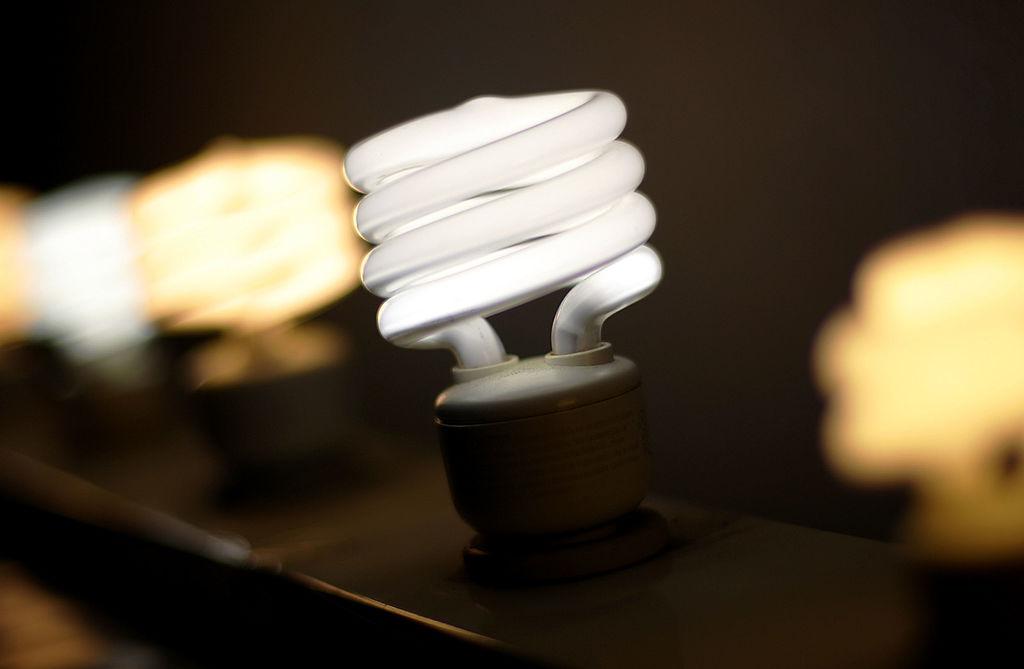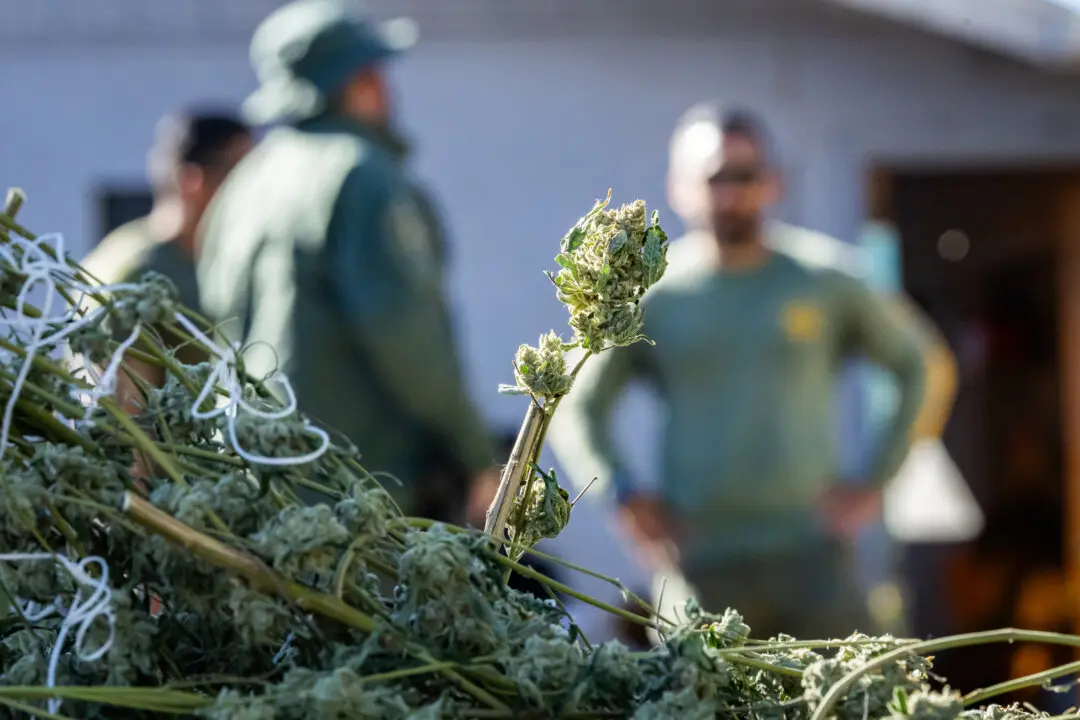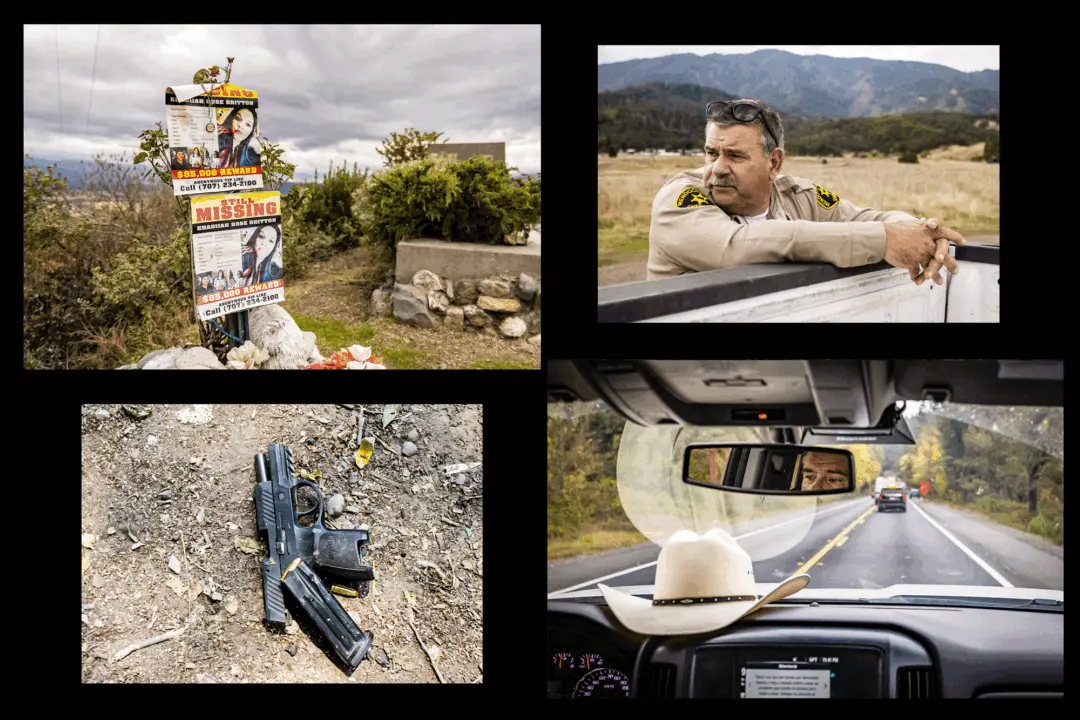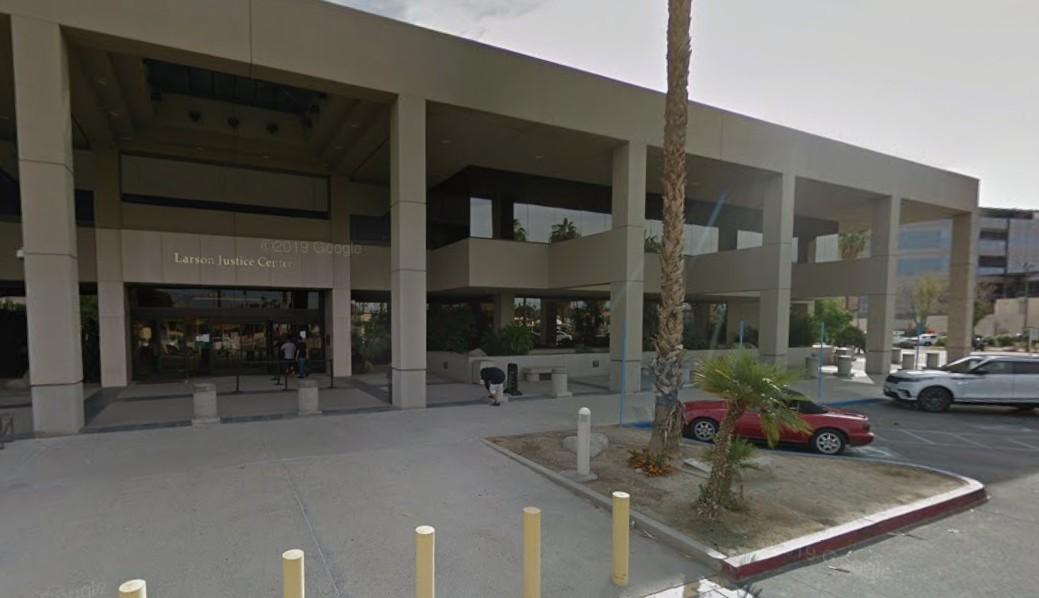Not since the days of Thomas Edison has there been so much fuss over light bulbs. But the issue of light bulbs currently relates to two hot topics in the media—President Donald Trump and saving the planet—so it’s back in the spotlight.
Trump has often joked about how energy-efficient light bulbs make him look “orange,” usually evoking guffaws from supporters and groans from his detractors.





